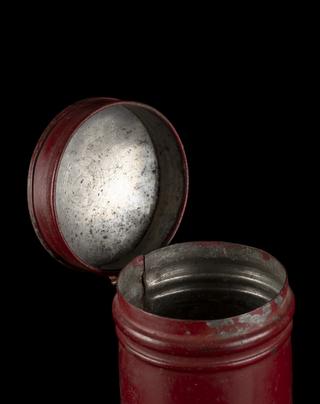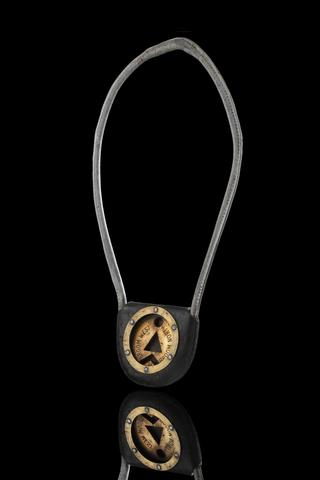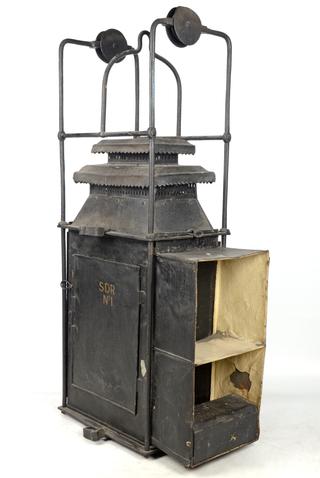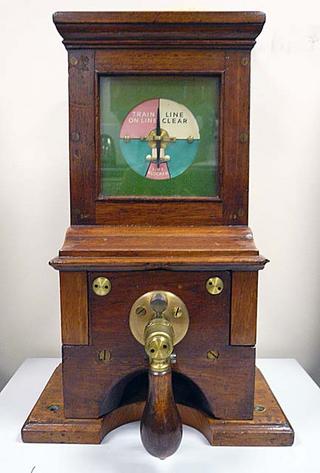
15 lever signal lever frame
- Made:
- 1885

Signal lever frame, 15 lever, London & North Western Railway vertical overhead tumbler, ex Mossley Box, near Oldham, 1885.
Control of traffic on the railways through signalling has been a source of development and innovation since the 1820s. A great improvement was the interlocking of signals and points so that trains could only operate on certain lines if the signals were clear for them to do so. Operation of these was achived by lever frames in signal boxes, and signalling engineering companies like Saxby & Farmer and McKenzie & Holland sought to provide railways with all their needs. The London & North Western Railway maintained its individuality by building nearly all of its own lever frames, to its own unconventional but rugged design.
This type was manufactured in large quantities from 1876 through to the introduction of tappet locking in 1906.
The most distinct feature of LNW frames is the front-mounted "stirrup" to operate the catch mechanism. Despite this unconventional arrangement, the sturdiness of the design has ensured that large numbers of this type are still in use today.
Details
- Category:
- Signalling & Telecommunications
- Object Number:
- 2002-8478
- Materials:
- metal (unknown), paint, iron and oil (unspecified)
- Measurements:
-
overall: 1770 mm x 2750 mm x 2460 mm,
- type:
- signal lever frame
- credit:
- British Rail




